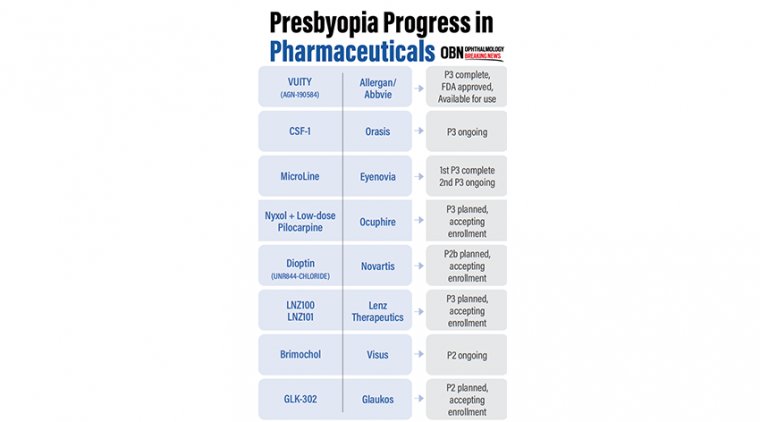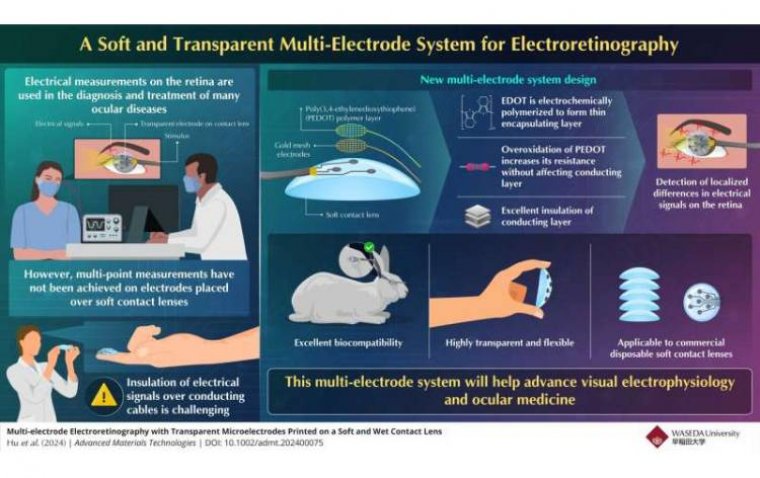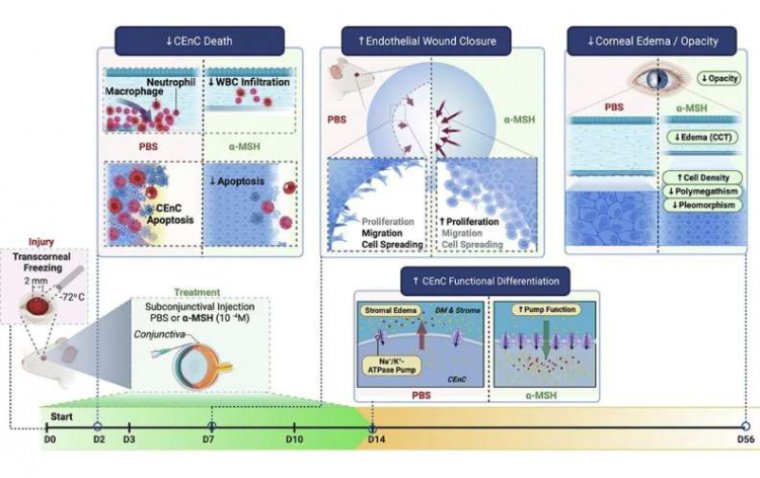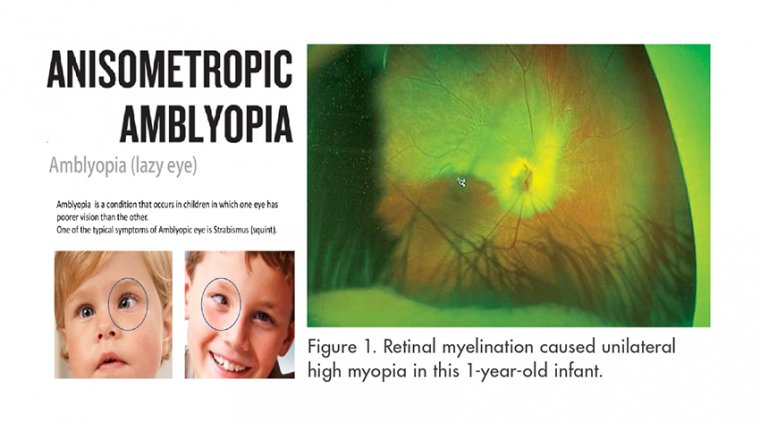
Researchers Receive $2 Million Grant to Pioneer Novel Glaucoma Therapy
Researchers at Indiana University School of Medicine are embarking on a groundbreaking mission to develop a new therapy for glaucoma, a disease that can lead to blindness. This endeavor is made possible by a newly awarded five-year, $2 million R01 grant from the National Eye Institute.
"Glaucoma is a silent, underdiagnosed, costly and debilitating disease. It occurs when there is increased pressure within the eye and progressive death or neurons in the back of the eye. Current treatment options only include reducing elevated pressure in the eye, but these treatments only slow the disease rather than prevent it, so patients still progress toward vision loss," explained Tasneem Sharma, PhD, assistant professor of ophthalmology and lead investigator on the project.
The Centers for Disease Control and Vision Health Initiatives report that more than 3 million people in the United States currently have glaucoma, and this number is projected to rise to 6.3 million by 2050. The economic impact of glaucoma on the U.S. economy is estimated to be around $2.86 billion annually, encompassing direct costs and productivity losses.
Sharma's project, titled "Therapeutic Intervention to Target Human Glaucoma Pathogenesis," aims to lay the groundwork for a new glaucoma therapeutic by testing human neurons and a regenerative therapy to rescue visual neurons from dying preclinically in human eyes under glaucoma conditions—a novel approach not attempted before.
"It is crucial to identify therapies and develop new treatments for glaucoma that can save retinal ganglion cells (RGCs) from neurodegeneration," Sharma emphasized. "This grant will be instrumental in spearheading our research on validating an innovative therapeutic strategy for glaucoma. Our powerful tools and valuable stem cell resources will have enormous potential for breakthrough discovery. It will offer a foundation for deciphering survival and regeneration of RGCs due to glaucomatous neurodegeneration."
Sharma anticipates that the results of this research project will pave the way for new clinical trials, providing glaucoma patients with potential new treatment options and furthering the understanding of effective interventions for this challenging condition.
(1).jpg)










